- Joined
- 9 October 2009
- Messages
- 21,973
- Reaction score
- 13,630
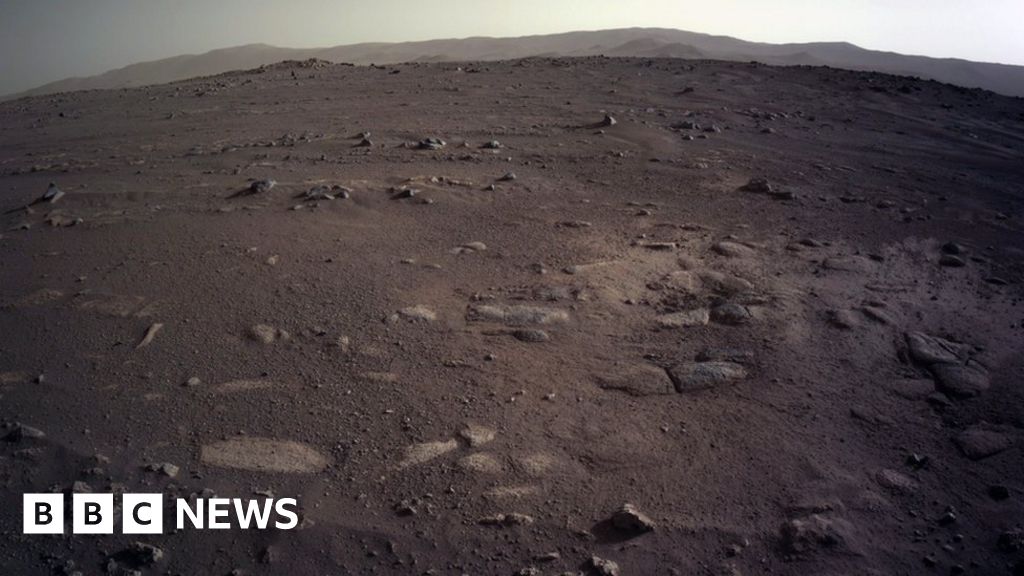
Via Slashdot:

Mars: Nasa's Perseverance rover sends stunning images
Amazing images as Nasa's Perseverance rover lands on Mars and seeks signs of past microbial life.www.bbc.com

. Le Président a écouté une présentation de la mission. Devant lui, des écrans et plusieurs horloges. L’une indique l’heure à Toulouse, Los Alamos et Pasadena. Image amusante : sur le mur du fond, une photo du sol de Mars a été placardée sur toute la surface. Le Président, seul devant, semble alors se tenir sur la planète rouge. Puis il a été invité à s’asseoir. Les scientifiques toulousains, qui se partagent le pilotage de SuperCam avec les Américains, par tranches horaires, avaient une séquence de tirs au laser à l’ordre du jour. Ces tirs permettent d’analyser les roches prélevées. Et c’est Emmanuel Macron qui est convié à déclencher une séquence de trente tirs. L’opération, comme la guerre des étoiles (lire ci-dessus), n’est guère spectaculaire et se règle en deux clics de souris sur un écran d’ordinateur avec l’aide d’un opérateur. Chaque cible identifiée sur le sol de Mars a reçu un nom de baptême en langue navajo. Quinze minutes sont nécessaires avant que l’action soit effectuée. A sa sortie, Emmanuel Macron a reçu un cadeau du CNES : une des premières photos de Mars prise par SuperCam.
---------------------
. The President listened to a presentation of the mission. In front of him, screens and several clocks. One shows the time in Toulouse, Los Alamos and Pasadena. Funny image: on the back wall, a photo of the ground of Mars has been plastered over the entire surface. The President, alone in front, seems to be standing on the red planet. Then he was invited to sit down. Toulouse scientists, who share the piloting of SuperCam with the Americans, in time slots, had a sequence of laser shots on the agenda. These shots allow analysis of the rocks collected. And it is Emmanuel Macron who is invited to unleash a sequence of thirty shots. The operation, like Star Wars (read above), is hardly spectacular and can be done with two mouse clicks on a computer screen with the assistance of an operator. Each identified target on the soil of Mars was given a baptismal name in the Navajo language. Fifteen minutes are required before the action is taken. Upon his release, Emmanuel Macron received a gift from CNES: one of the first photos of Mars taken by SuperCam.

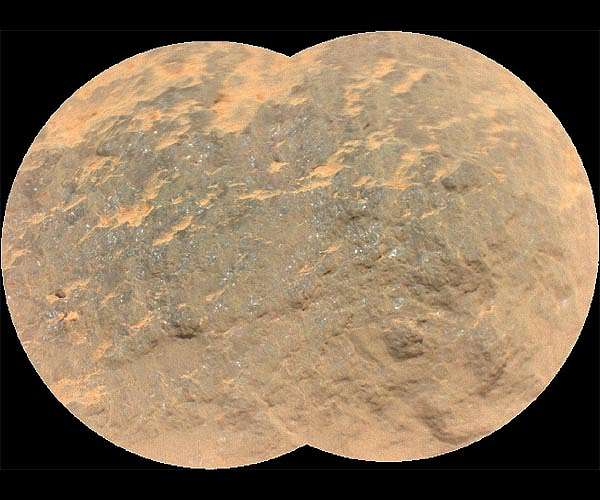
Where's the video with sound?Under Perseverance! See covered Mars helicopter & ‘belly pan’ drop:
View: https://youtu.be/TypH6ej8iCs
Teams for @NASAPersevere & Ingenuity have chosen a flight zone where the #MarsHelicopter will attempt the first-ever powered flight on another planet!
Join us to discuss next steps for Ingenuity. March 23 at 10:30am PT (1:30pm ET/1700 UTC) go.nasa.gov/38QwpmY. Reply with Qs
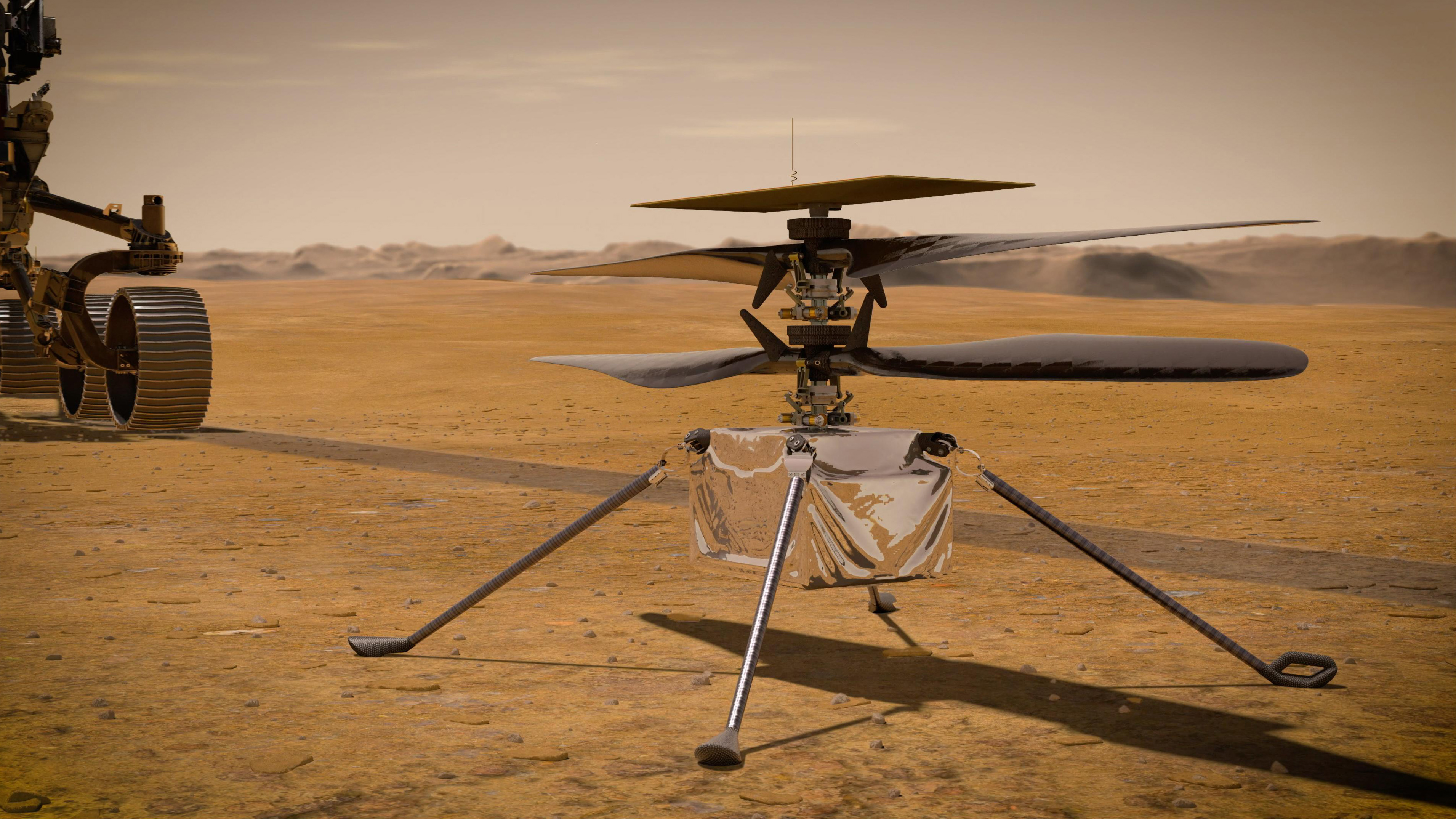
NASA to Host Briefing to Preview First Mars Helicopter Flights
Mar 17, 2021
Members of the projects will lay out the steps necessary before the helicopter attempts its historic test flights.
NASA will hold a virtual media briefing at 1:30 p.m. EDT (10:30 a.m. PDT) Tuesday, March 23, to discuss upcoming activities for the agency’s Ingenuity Mars helicopter. The teams operating Ingenuity and NASA’s Mars 2020 Perseverance rover have chosen the flight zone where the helicopter will attempt the first powered, controlled flights on another planet.
The briefing will air live on NASA Television, the NASA app, and the agency’s website and will livestream on multiple agency social media platforms, including the YouTube and Facebook channels for NASA’s Jet Propulsion Laboratory in Southern California.
Briefing participants include:
Lori Glaze, director of NASA’s Planetary Science Division, NASA Headquarters
Bobby Braun, director for planetary science, JPL
J. (Bob) Balaram, Ingenuity chief engineer, JPL
Håvard Grip, Ingenuity chief pilot, JPL
Farah Alibay, Perseverance integration lead for Ingenuity, JPL
Members of the media and the public also may ask questions on social media during the briefing using #MarsHelicopter.
Ingenuity’s test flights are expected to begin no earlier than the first week of April. The exact timing of the first flight will remain fluid as engineers work out details on the timeline for deployments and vehicle positioning of Perseverance and Ingenuity. Photos showing some of the progress are available on Perseverance’s raw images website.
Perseverance – with Ingenuity attached to its belly – landed in Jezero Crater Feb. 18. Ingenuity is a technology demonstration with a limited test flight duration of up to 31 days (30 Mars days, or sols). The rover will deploy the helicopter and provide environmental monitoring and imaging support. It also hosts Ingenuity’s base station, enabling communication with mission controllers on Earth.
An Ingenuity press kit, with more information about the helicopter, is available at:
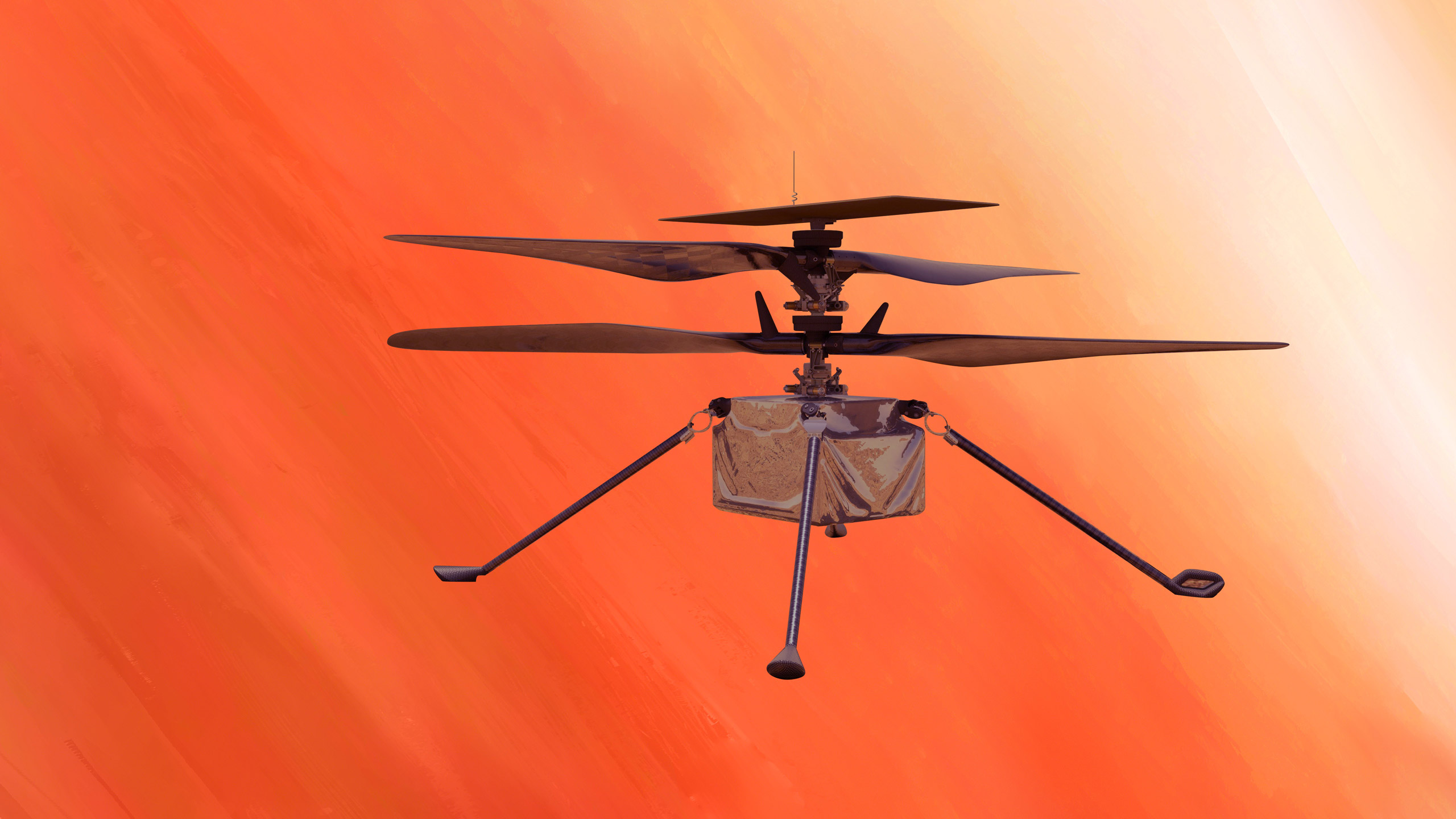
Ingenuity Landing Press Kit | Introduction
NASA’s Ingenuity Mars Helicopter is the first aircraft humanity has sent to another planet to attempt powered, controlled flight.go.nasa.gov
More information is also available on the Ingenuity website:

Mars Exploration - NASA Science
Mars is the only planet we know of inhabited entirely by robots. Learn more about the Mars Missions.mars.nasa.gov
To learn more about Perseverance, visit:
and

Mars 2020: Perseverance Rover - NASA Science
NASA’s Mars Perseverance rover seeks signs of ancient life and collects samples of rock and regolith for possible Earth return.mars.nasa.gov
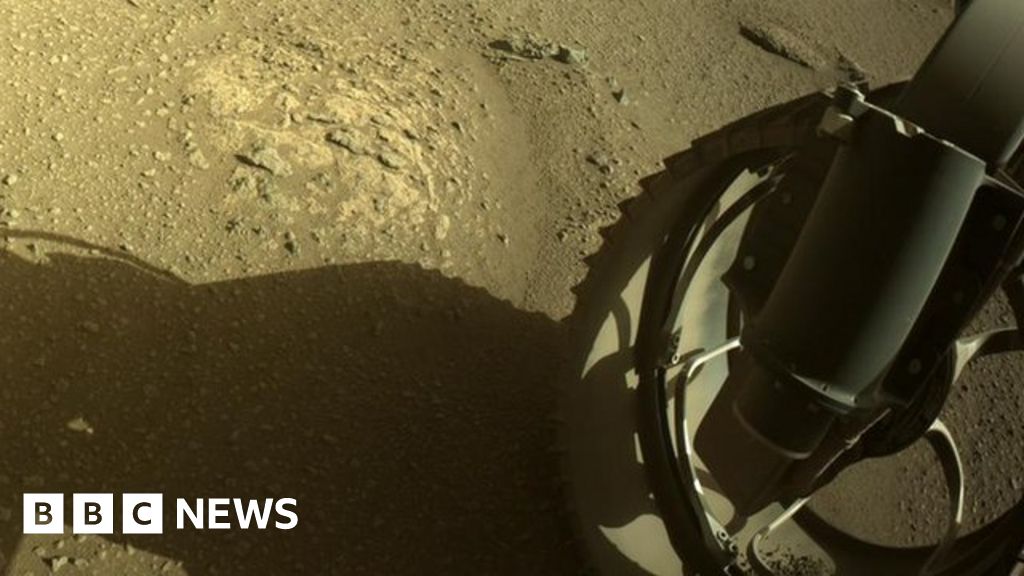
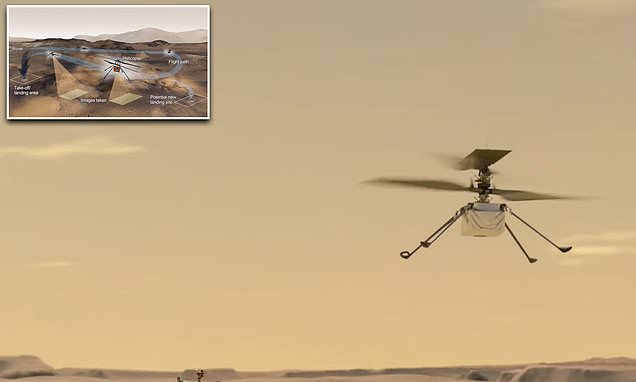

NASA's Ingenuity prepares for its Wright Brothers moment on Mars
NASA gave details of the first flight on another planet that will see the Ingenuity helicopter soar 9ft above Mars' surface, hover and then land again - which determines the fate of the copter's mission.www.dailymail.co.uk
I’m on my way to the “airfield” where the #MarsHelicopter will attempt its first test flight. A couple more drives should get me there.
Read more: go.nasa.gov/2NLiFTh
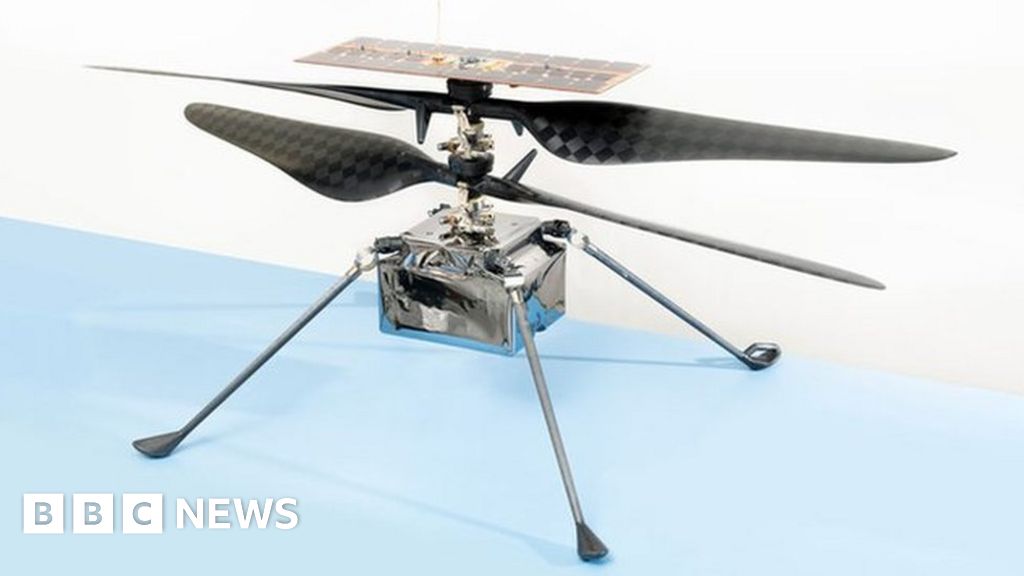
I think it also varies by the camera uses as I don’t believe they are all equal so to speak.
I think it also varies by the camera uses as I don’t believe they are all equal so to speak.


We’re in the home stretch. The #MarsHelicopter has lowered all four legs and is in position to touch down on the Martian surface. Once it’s fully ready, @NASAPersevere will release it gently to the surface. go.nasa.gov/ingenuity
View: https://twitter.com/nasajpl/status/1377098742684246021
We’re in the home stretch. The #MarsHelicopter has lowered all four legs and is in position to touch down on the Martian surface. Once it’s fully ready, @NASAPersevere will release it gently to the surface. go.nasa.gov/ingenuity
Just as long as it doesn't fly into the sights of a Martian AA battery!Things are looking good for Ingenuity, not long now until it fly’s.
Or the ceiling lights at the NASA headquartersJust as long as it doesn't fly into the sights of a Martian AA battery!Things are looking good for Ingenuity, not long now until it fly’s.
